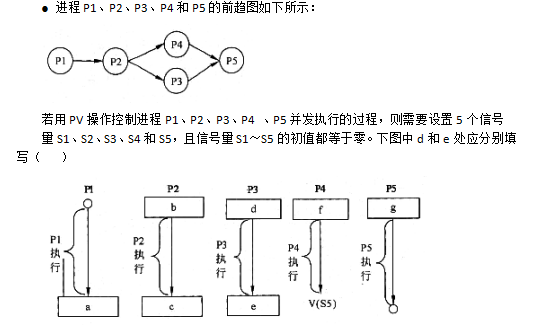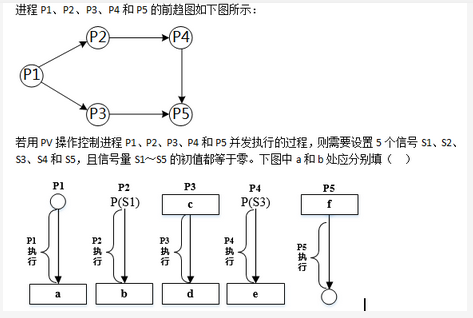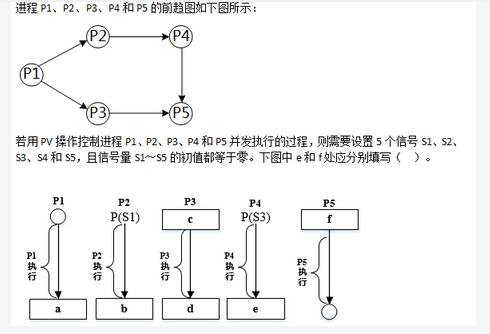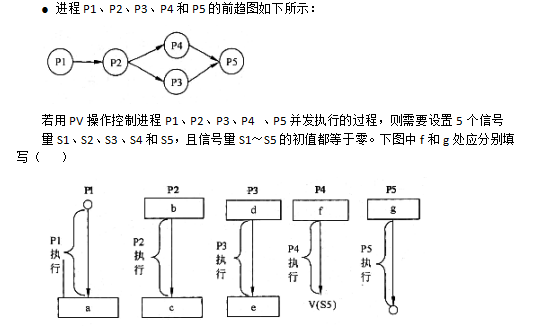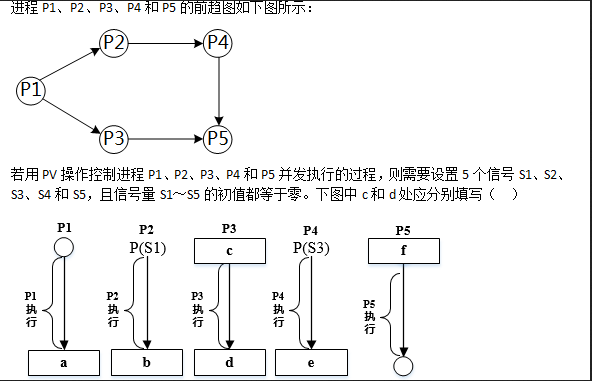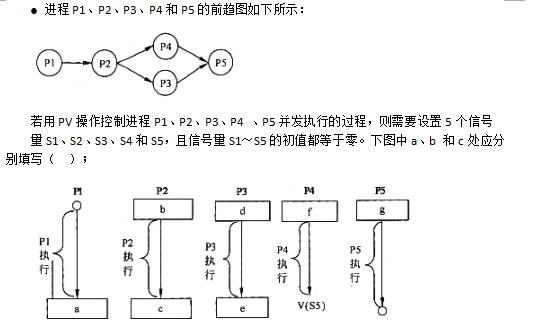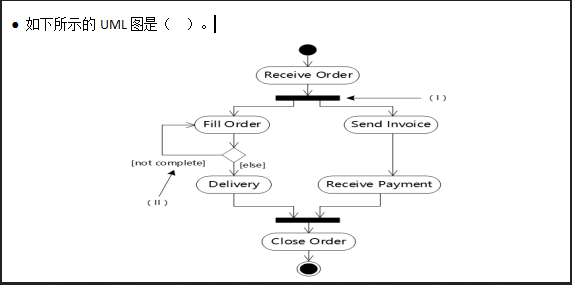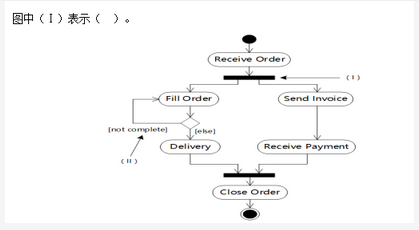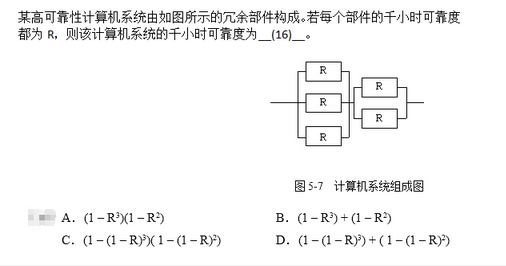The diffserv approach to providing QoS in networks employs a small, well-defined set of building blocks from which you can build a variety of( ). Its aim is to define the differentiated services (DS) byte, the Type of Service (ToS) byte from the Internet Protocol Version 4 ( )and the Traffic Class byte from IP Version 6, and mark the standardized DS byte of the packet such that it receives a particular forwarding treatment, or per-hop behavior (PHB), at each network node. The diffserv architecture provides a( )within which service providers can offer customers a range of network services, each differentiated based on performance. A customer can choose the ( )level needed on a packet-by-packet basis by simply marking the packet’s Differentiated Services Code Point (DSCP) field to a specific value.This ( )specifies the PHB given to the packet within the service provider network.
问题1选项
答案: A、C、D、A、B
在网络中提供QoS的diffserv方法采用一个小型,定义良好的构建块,您可以从中构建各种(71)。其目的是定义来自互联网协议版本4(72)的差分服务(DS)字节,服务类型(ToS)字节和来自IP版本6的流量类字节,并将数据包的标准化DS字节标记为它在每个网络节点接收到特定的转发处理或每跳行为(PHB)。diffserv架构提供(73)服务提供商可以在其中为客户提供一系列网络服务,每个网络服务都基于performance进行区分。客户可以通过简单地将分组的差分服务代码点(DSCP)字段标记为特定价值来逐个分组地选择所需的(74)级别。这(75)指定给予服务内的分组的PHB提供商网络。
